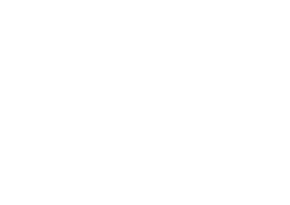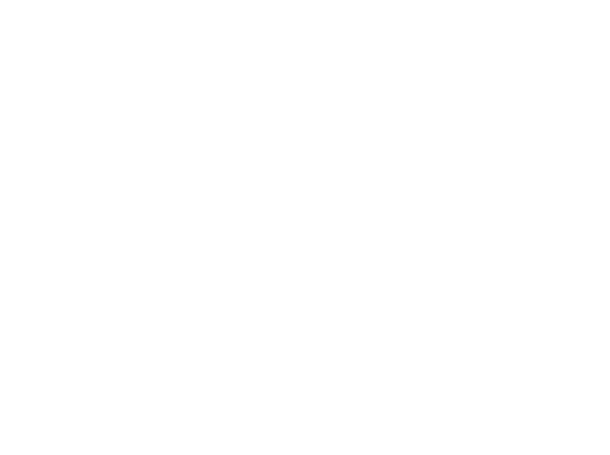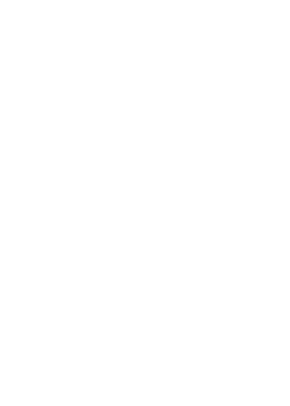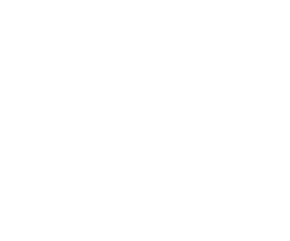 |
 |
 |

|
Preserve every piece
Joan Miró, Personnages Oiseaux (Bird People), 1977–78. Venetian glass and marble, 316 x 625 inches. Courtesy Ulrich Museum of Art.
©Ulrich Museum of Art
|
|
 |
JOAN MIRÓ PERSONNAGES OISEAUX: 5 YEAR CONSERVATION PROJECT IS NOW COMPLETE, AND THE 26 X 52 FT. MURAL HAS BEEN REINSTALLED.
Joan Miró created only one large glass-and-marble mosaic public artwork in his lifetime. From 1978–2011, Personnages Oiseaux (Bird People) filled the street-facing brick wall of the Edwin A. Ulrich Museum of Art at Wichita State University (Kansas). After a lengthy conservation project the 26-by-52-foot mural, Personnages Oiseaux, returns to welcome tens of thousands of students, staff and visitors to campus.
Public art has the potential to positively impact everyone who experiences it in a community. On an urban campus populated with over seventy outdoor sculptures, Miró’s monumental mural Personnages Oiseaux stands out as a welcoming icon of Wichita State University. With its brilliance of color, dazzling play of light, and playful imagery, it is arguably the most significant piece of public art in the State of Kansas. Miro’s desire to witness the effect of this powerful work of art on WSU students—going so far as to identify its capacity to influence and inspire potential future leaders—illustrates his belief in the transformative impact of his monumental public works.
Inspiration for the incorporation of a major work of art on the façade of the Ulrich Museum of Art dates to 1971, when then university president Clark Ahlberg jokingly challenged museum founding director and university vice president Martin H. Bush to “try to acquire a large scale mural by Miró, Picasso, or Chagall for the museum wall.” Never one to shy away from the improbable, Bush rose to the occasion and within seven years had personally persuaded an initially reluctant Miró to produce the maquette painting and assign his friend and occasional collaborator Joan Gardy Artigas to oversee creation of the mural on behalf of the artist. ....
In a 1982 interview with art historian Barbara Rose, Joan Miró was asked what his frequently produced image of a figure with birds signify. He poetically replied, “A human being is like a tree, planted in the ground. Birds fly into space—they carry us away, off the ground into higher things, into the world of fantasy and imagination that is not earthbound”. Thanks to visionary leaders in the 1970s and again four decades later, the playful inspiration of Personnages Oiseaux continues to enrich the lives of countless WSU and Wichita community members for generations to come.
—Bob Workman, director
|

|
Posted 5 November 2016
|
Share this:
|
|
The toll of time and weather on this monumental artwork necessitated removal of the structure and a 2.2 million USD campaign to fund its restoration. For the past five years, Personnages Oiseaux has undergone extensive structural rebuilding and cleaning by Russell-Marti Conservation Services, Inc. The unique nature of the mural required the conservation team to develop and implement new methods and practices specifically for this work, preserving its integrity and staying true to the artist's original intent.
|
|
|
|
|

|

|

|
"The students of WSU and citizens of Wichita should have a high level of civic pride to see this masterpiece re-entered into the public art milieu of Wichita," said Bob Workman, director of the Ulrich Museum of Art at WSU.
Martin H. Bush, founding director of the Ulrich Museum, commissioned the pioneering Spanish surrealist artist Joan Miró to create a one-of-a-kind artwork to fill the large expanse on the museum's south-facing exterior. Miró's mosaic mural Personnages Oiseaux was dedicated on October 31, 1978 and immediately became a vibrant symbol of the campus and the museum.
|
|

Robert Hughes, Time magazine art critic, Martin H. Bush, Edwin A. Ulrich and Clark Ahlberg at the dedication and unveiling of the mural, October 31, 1978.
|
|
|
|
“
Whether it’s a large ceramic wall, or a monumental sculpture, or a big tapestry, what interests me is the direct contact with a mass audience . . . . I’d like to go to Washington to see my big tapestry in the new East Building of the National Gallery, and to Wichita . . . I made a big mosaic . . . and I want to see what an effect it makes. It’s on the outside of the university [museum] there, and from what I hear thousands of students go by it every day. What I want is for my work to be part of the consciousness of those young people, the men and women of tomorrow. One of them—who knows?—may become President of the United States and have been touched by my mosaic. That’s what makes it worthwhile. It’s the young people who matter to me, not the old dodoes. I’m working for the year 2000, and the people of tomorrow.
—Joan Miró in an interview with Rosamond Bernier in Smithsonian, April 1980.
”
|
|
|
|

Joan Miró, Personnages Oiseaux (Bird People), 1977–78. Venetian glass and marble, 316 x 625 inches. Courtesy Ulrich Museum of Art.
|
|
|
|
|

|

|

|

Joan Miró reviews progress on the fabrication of the mural in 1977 at Ateliers Loire, Chartres, France. This would prove to be his only opportunity to see the full scale work—despite his expressed desire to visit Wichita.
|
|
Joan Miró (1893–1983) was one of the most renowned 20th century artists. Over a span of seven decades, Miró produced works in painting, drawing, sculpture, printmaking, collage, ceramic and relief-mural. The hallmarks of his artistic style—child-like abstract shapes, filled with strong primary colors, surrounded by bold black lines and rendered in a playful manner—are all enthusiastically depicted in Personnages Oiseaux.
|
|
|
|
|

|

|

|
The mosaic mural is made up of a few hundred thousand glass and marble tesserae, as the years and weather took toll on the work the glass began to fall off. In 2011 all 80 panels were removed. For five years Russell-Marti Conservation Services Inc., worked to re-adhere the pieces and replace the missing pieces with new pieces (many from Ataliers Loire’s stock from the original construction). RMCS matched the shapes, sizes, and colors and tonal qualities of the original pieces—perfectly maintaining the artist’s original intent. They replaced the original marine grade particleboard with a perforated stainless steel backing. And for the final step they cleaned each tessera with dental tools, steam, and fiberglass brushes.
|
|

Members of the Preserve Every Piece campaign committee: Sonia Greteman, Jim Rhatigan, Joan S. Beren Honorary Chair, Mike Michaelis Co-Chair; with WSU Foundation President and CEO, Dr. Elizabeth King. Not pictured: Chris Shank Co-Chair, Robert Bubp, Chris Brunner, Kelly Callen and Nancy Martin.
|
|
|
|
|
|
|
|
|
|


